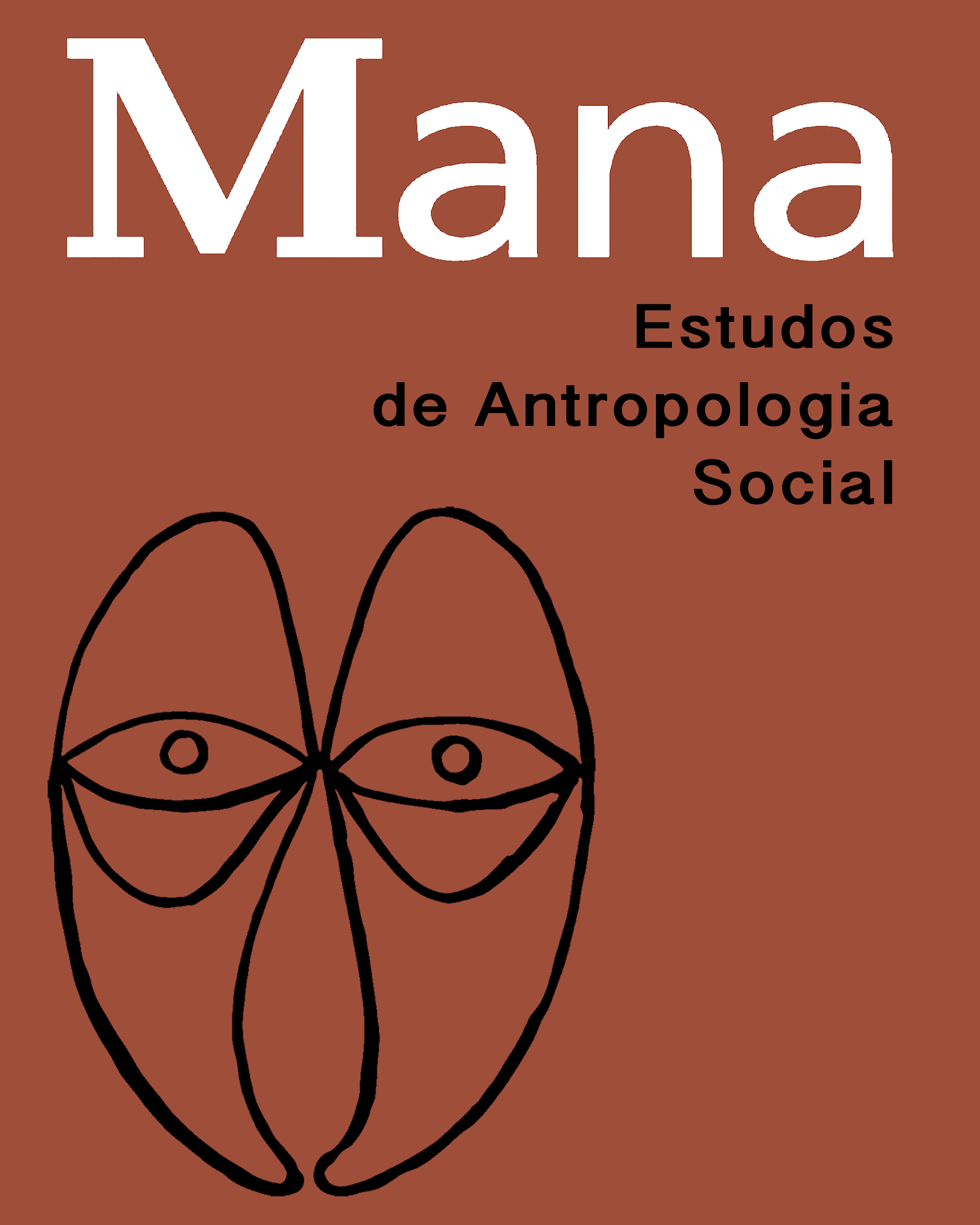Abstract
The plantation was at the center of the European colonial project in the Caribbean and other regions of the Americas. However, for it to thrive as a modern infrastructure, it depended on multiple regional and global connections as well as on a wide range of human and more-than-human interactions. In this article, I draw on colonial sources such as traveler’s accounts and historical novels to retrace the journey of European pigs to the Caribbean. Focusing on this specific animal, particularly in the island of Hispaniola - currently divided between Haiti and the Dominican Republic - I show how both domestication and feralization (or marronage) defined rhythms of colonization while allowing for the rise of new and defiant alliances at the margins and fractures of plantation landscapes - alliances we might also call counterplantation.
Keywords:
Caribbean; Pigs (Sus scrofa); Plantation; Counterplantation; Alliances

 Thumbnail
Thumbnail
 Thumbnail
Thumbnail
 Thumbnail
Thumbnail
 Thumbnail
Thumbnail
 Thumbnail
Thumbnail
 Fonte: História general de las cosas de la Nueva España (ou Florentine Codex), de Bernardino de Sahagún, 1577. Florença, Biblioteca Medicea Laurenziana, Ms. Med. Palat. 220, f. 406r
Fonte: História general de las cosas de la Nueva España (ou Florentine Codex), de Bernardino de Sahagún, 1577. Florença, Biblioteca Medicea Laurenziana, Ms. Med. Palat. 220, f. 406r Fonte:
Fonte:  Fonte: gallica.bnf.fr / Bibliothèque Nationale de France
Fonte: gallica.bnf.fr / Bibliothèque Nationale de France
 Fonte: gallica.bnf.fr / Bibliothèque Nationale de France
Fonte: gallica.bnf.fr / Bibliothèque Nationale de France
 Fonte: Coleção do autor
Fonte: Coleção do autor